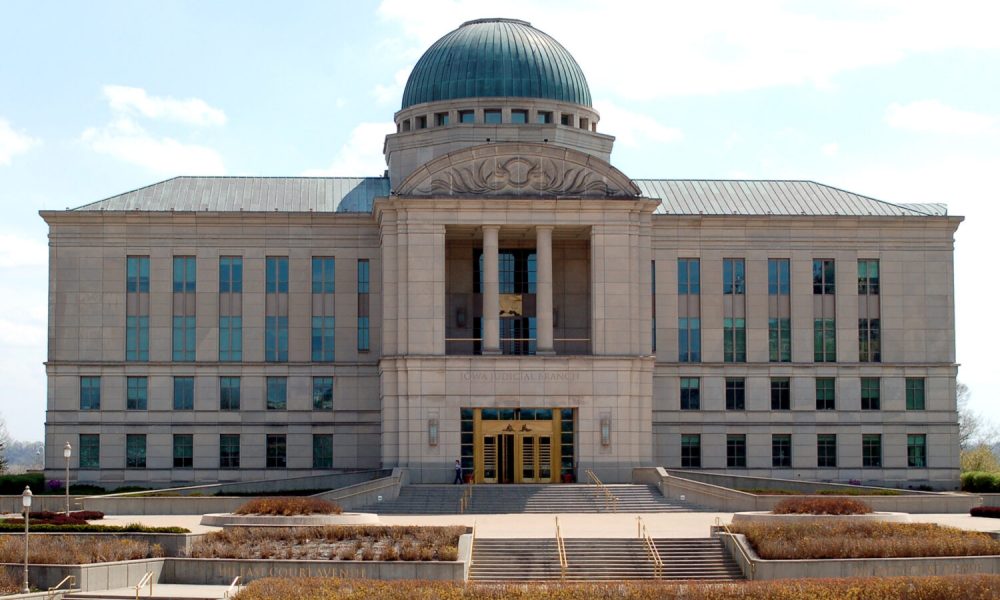The College Board, will now add an ‘adversity score’ to the SAT’s in effort to highlight students who rose about despite certain circumstances.
What We Know:
- The College Board is the company in charge of administering the SAT’s, a standardized test that has mocked high school seniors for decades. For a high school senior, taking the SAT can be one of the most stressful times of the year. There are multiple practice test to take, the decision of whether or not to get a tutor, and finally the school counselor constantly reaffirming how important a high score is to a college admissions board. Students often feel like the test doesn’t define them, and they’re just a number.
- The goal of the ‘adversity score,’ is to factor in the educational and socioeconomic backgrounds of students. The score is based on 15 factors including the crime and poverty rates where the student lives. According to the College Board, the average score is a 50, anything above that means more disadvantaged.
- David Coleman, the Chief Executive of the College Board dot down with the New York Times for an interview. In that interview he said, “This is about finding young people who do a great deal with what they’ve been given.”
- Some parents have criticized the idea, and they are ultimately concerned. Hafeez Lakhani, a college admissions coach, told the times that the anxiety if parents was increasing. He said he received emails from parents worried that their students hard work would be “completely negated just because we have some means.”
- There have also been concerns because the students won’t see their score, it’ll just been sent off to the schools the student listed. The idea was thought of after the college admissions scandal that happened earlier this year. The idea is that those who have less need a tool that will give them a fighting chance against those who can write a big check or hire top of the line tutors.
- Coleman also said, “It helps colleges see students who may not have scored as high, but when you look at the environment that they have emerged from, it’s amazing.”
Although there have been trial versions tested in 50 schools, the official ‘adversity score’ won’t be implemented until 2020.



